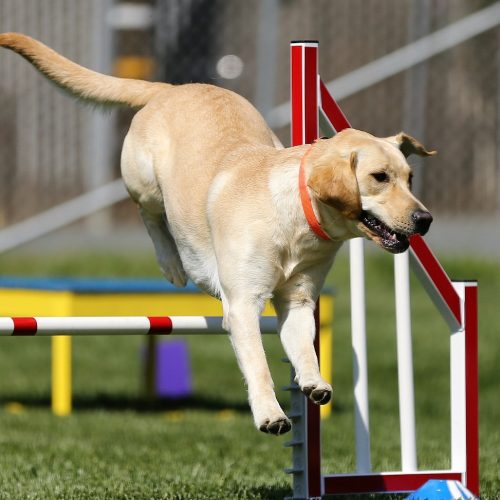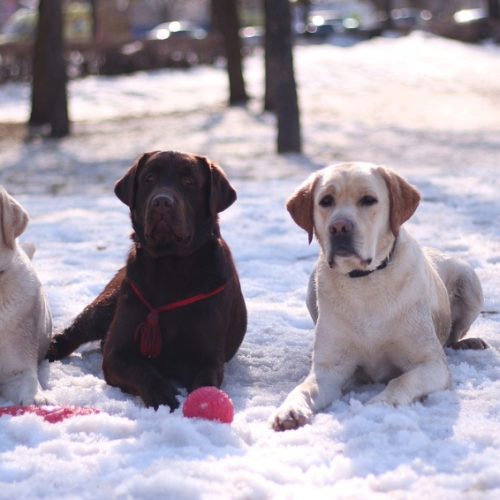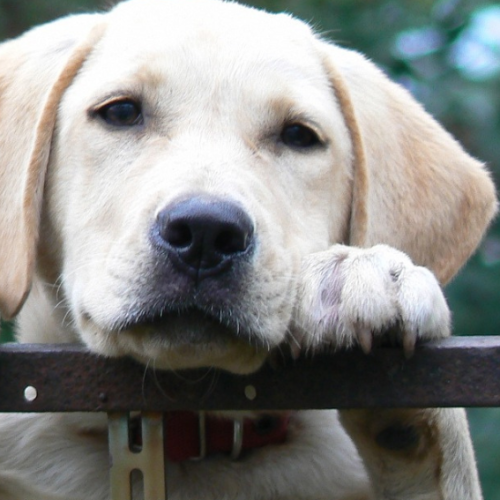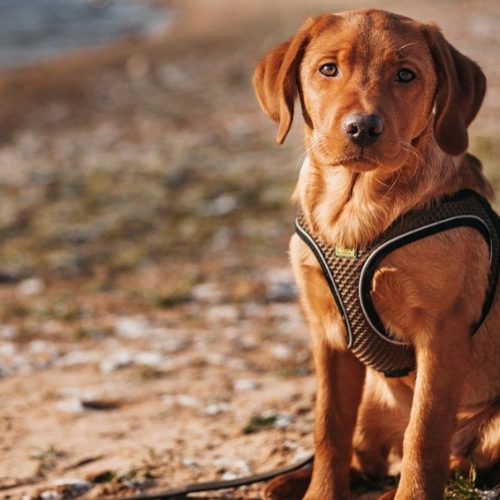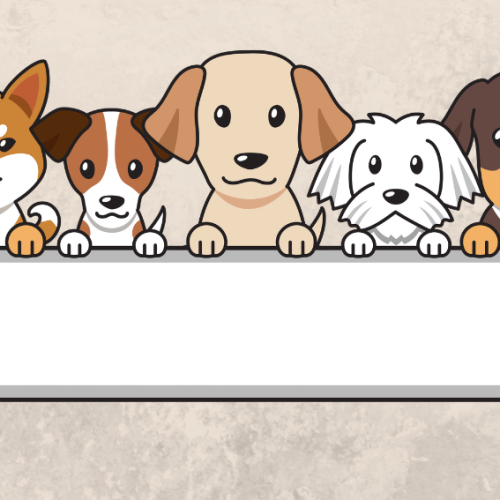Silver Labs, also known as dilute chocolate Labs, have a striking gray or silver coat that sets them apart from the traditional black, yellow, and chocolate Labrador Retriever colors. However, they also have a controversial history, leading some to question whether they truly qualify as purebred Labrador Retrievers. This article will dive into the genetics behind their dilution color, the debate on Existence and Recognition of Silver Labs, and what it all means for those who own and breed silver Labs today.
The Genetics Behind Silver Labrador Coats
Silver Labs inherit their unique coloration from a recessive dilute gene that causes chocolate pigment to appear lighter brown or gray. When a chocolate Lab inherits one copy of this dd gene, their brown coat appears muted into silver. Two copies of the dilute allele, known as double dilute or Isabella coloration, results in an even lighter, almost white coat.
This dilute allele isn’t unique to Labradors – the dd variant also produces blue or gray coats in other dog breeds like Dobermans, Dachshunds, Poodles, and more. So, genetically speaking, it’s an established naturally-occurring color in dogs. There is no merit to old claims that silver Labs were crossed with Weimaraners, which while similar in appearance have very different body types.
The Debate on Acceptance as Purebred Labs
Yet when silver Labradors first popped up in Lab litters in the 1950s and 1960s, they were considered a fault by breed standards. Early silver Labs were often quietly culled at birth or sterilized rather than bred, as they weren’t accepted as proper Labrador coloration by clubs and registries.
However, once the dilute gene was identified as the cause of this unusual shade and shown to be something that could spontaneously emerge in purebred Labs, their status became less clear cut. They now meet the genetic qualifications to be identified as purebred Labs. Yet acceptance from major kennel clubs like the AKC was still a slow process due to wariness around condoning a once-faulted color.
Progress Towards Recognition
While some lingering controversy remains on whether silvers meet historical Labrador breed standards, progress continues towards their acceptance in the show ring and beyond. As silver Lab breeders focused more on producing ethically-bred, health tested dogs, they gradually improved perceptions around dilute Labs.
Both the UK and USA Kennel Clubs have permitted registration of silver Labs since the early 2000s, allowing them to participate in many companion and performance events. While they cannot yet compete for conformation championships or Best in Show as their color remains unaccepted by the breed standard, it’s now seen as only a matter of time before this changes too.
Implications for Silver Lab Owners Today
So what does all this mean for those who own or breed silver Labs now or are considering a silver Lab puppy? Buyers should be aware there are still disreputable breeders explicitly breeding for the rare, light grey color and charging exorbitant prices without proper health testing. However, there are also many fantastic, responsible silver Lab breeders producing dogs on par with any black, chocolate, or yellow Labs.
Owners should be prepared to explain their dog’s coat color origin routinely, as silver shade does attract ample attention and questions in public. But those who adore the stunning silver look and invest the energy into health and temperament testing have wonderful pets on their hands – these chocolate dilute Labs can make marvelous active family companions.
And the outlook for silver Labs competing shoulder-to-shoulder with the other shades in dog shows continues to get brighter. It remains steady progress towards one day taking home that coveted purple Best in Show ribbon!
Conclusion
In summary, rare silver Labrador Retrievers face a winding road towards widespread recognition but have made immense progress and can certainly qualify as wonderful pets and breeding dogs. Through a diligent focus on health and ethical breeding practices, silver Lab advocates are paving the way towards eventually seeing their beloved gray coats become just as accepted into the breed as any other color one day soon. I hope this Existence and Recognition of Silver Labs helps you.

